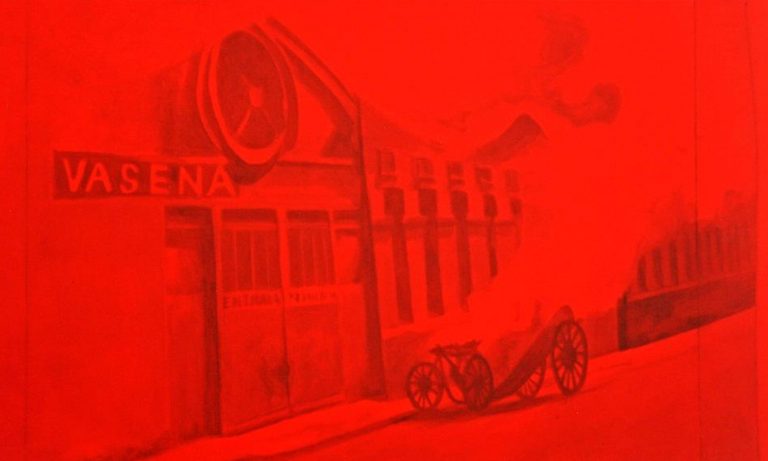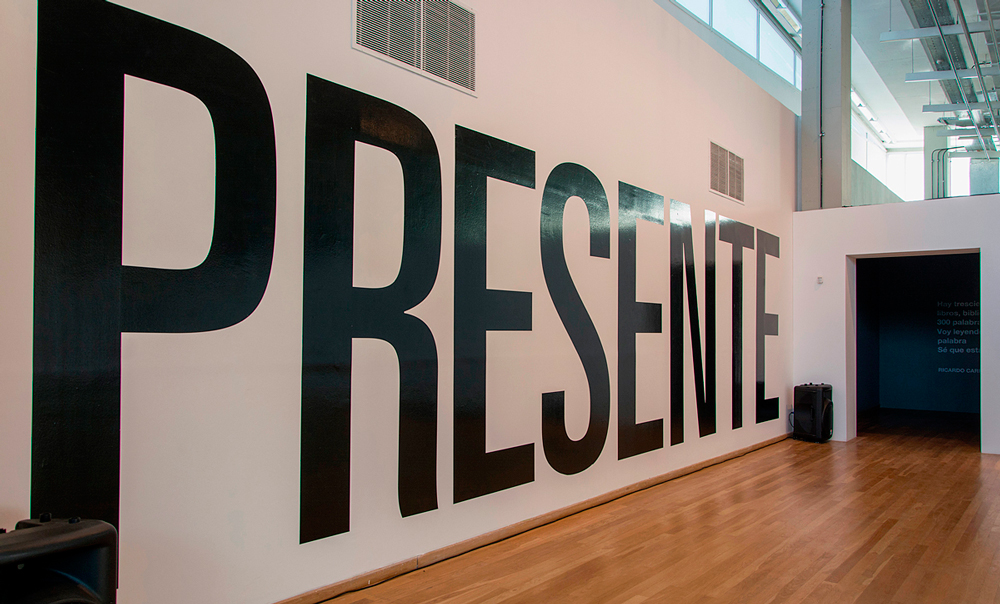EL VIEJO SUEÑO DE LA CASITA PROPIA
ELDA CERRATO
29.06.19 - 13.10.19 / Espacio Base de Datos
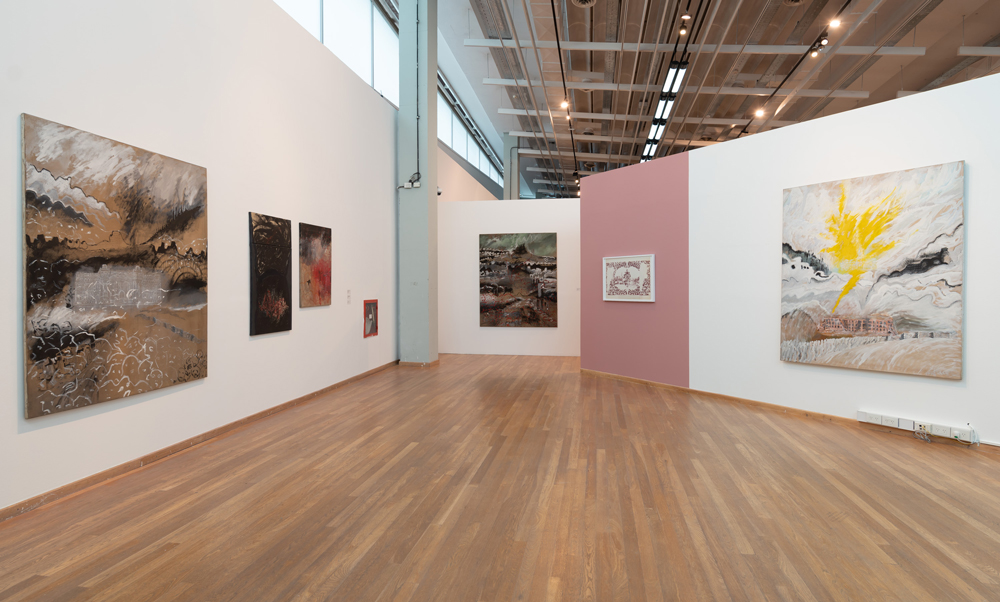
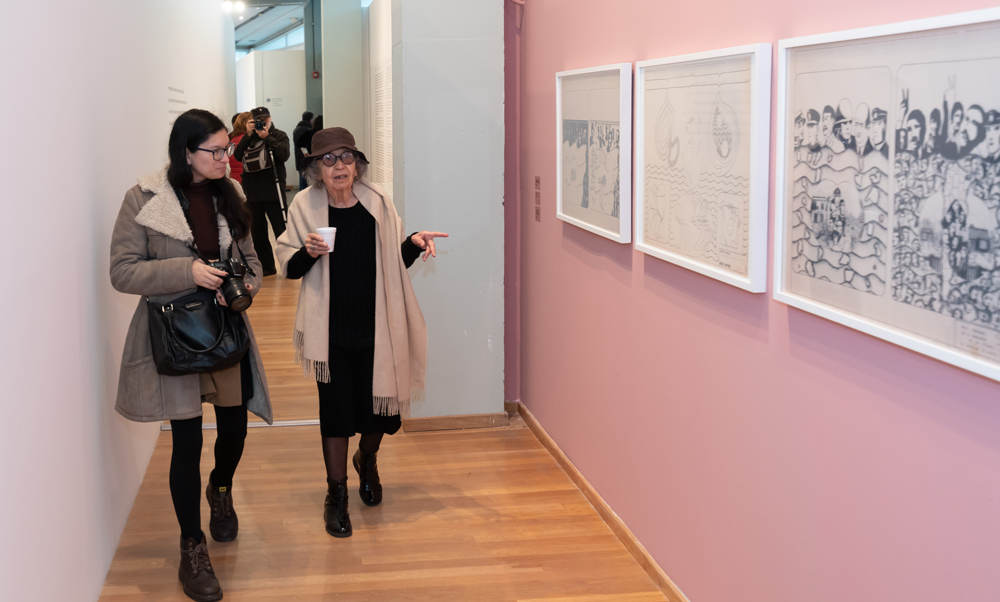
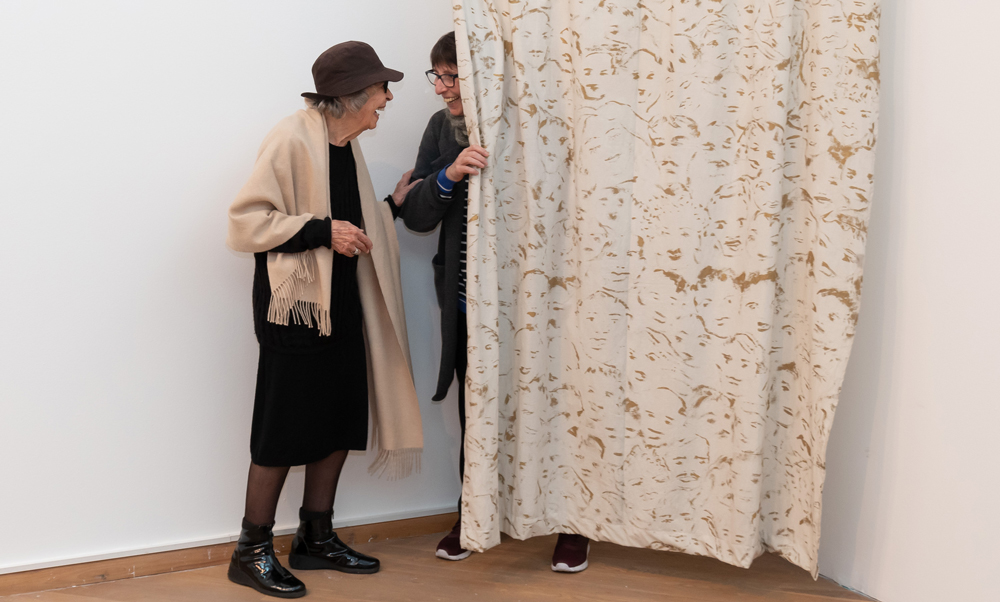
Curators: María Alejandra Gatti – Cecilia Nisembaum
–
The age-old dream of a house of one’s own
It was 1983 and Elda Cerrato was part of the exhibition “La sombra de la democracia” (The Shadow of Democracy) in the gallery Hilda Solano. Elda presented a work to be hung with pins on the wall, alluding to the fragility of the recently recovered democracy. This artistic and political gesture was questioned by the curator of the exposition who asked to frame the work in order to avoid its political interpretation. However, in spite of this questioning, Elda didn’t back down and, supported by the rest of the participating artists, the work was finally exhibited hanging on pins.
We find this story interesting because, even if in a collateral way, it introduces some of the core concepts across Elda Cerrato’s work: the concern for the state of democracy, the role that institutions must play in order to achieve their full development, and the presence of the crowds as a constant of resistance and confrontation against apathy and state abuses.
“El viejo sueño de la casita propia” put together a group of works produced during the seventies and nineties related to the tie between the Judiciary and the State. From this perspective, the chosen works invite us to question the meaning that this relationship represents in the history of our country and the rest of Latin America, and the way in which, currently, this tie seems distorted by post-truth politics.
In this way, the exhibition allows us to question the own notion of State, together with certain processes that appear to recur throughout Argentine history; particularly the swinging from a welfare state to a neoliberal state, whose economical politics reduce to the minimum the intervention in social affairs.
In light of this oscillating circumstance, what support frameworks are provided by the law? Who has and who doesn’t have the right to dream of a house of one’s own? What happens when the State, who is supposed to ensure the rights is the one that breaks them or infringes them systematically?
When it comes to Human Rights, Argentine justice has doubtlessly been a model. Trials of crimes against humanity, which are still ongoing, respond to the claims of a society that, in line with Organismos de Derechos Humanos, has become aware of the “Nunca Más” and mostly shows willing to continue with the policies or memory, truth, and justice. However, these days, the judicial system faces a deep institutional crisis that casts doubt on its veracity that the very same system shows, in other words, in what ways the information is manipulated and how they hide, shape or even make up the facts. Therefore, in words of the researcher Guadalupe Nogués, “The post-truth manifests itself as a sort of architectured, cohesive and systematic lie in which inner coherence wins the bid against the real world”
From these perspectives, Elda Cerrato’s productions are crossed by geographical movements chosen or forced by the local and Latin American political circumstances, and by a particular sensibility towards spiritual search and perceptual experiences. Recovering the critical view of a female artist whose work is resignified from our uncertain present, is without a doubt an accurate gesture of a memory space that attempts to rethink the past from the critical power of contemporary art.
Elda Cerrato (Asti, Italia, 1930) has an intense artistic activity that includes individual exhibitions in Argentina and abroad, some of them have been in Museo de Bellas Artes de Caracas, Museo de las Américas de Washington and Museo de Arte Moderno de Bs.As. She has participated with her work –paintings, drawings, engravings, installations, interventions, and films– in more than 150 collective exhibitions in Europe, Asia and North, Central and South America, as well as biennials and national salons in Argentina and Venezuela, and international biennials, where she obtained awards. She lived and work in Caracas during two long periods, the last one between 1977 and 1983.
As she develops her work, she dedicates a great amount of time to teaching, academic and research activities. Since 1960, she has worked in schools of art and universities in Argentina and abroad, particularly in Facultad de Arquitectura y Urbanismo and Facultad de Filosofía y Letras, both part of Universidad de Buenos Aires, and Escuela de Arte del Departamento de Humanidades part of Universidad Central de Venezuela. Currently, she lives and works in Argentina.